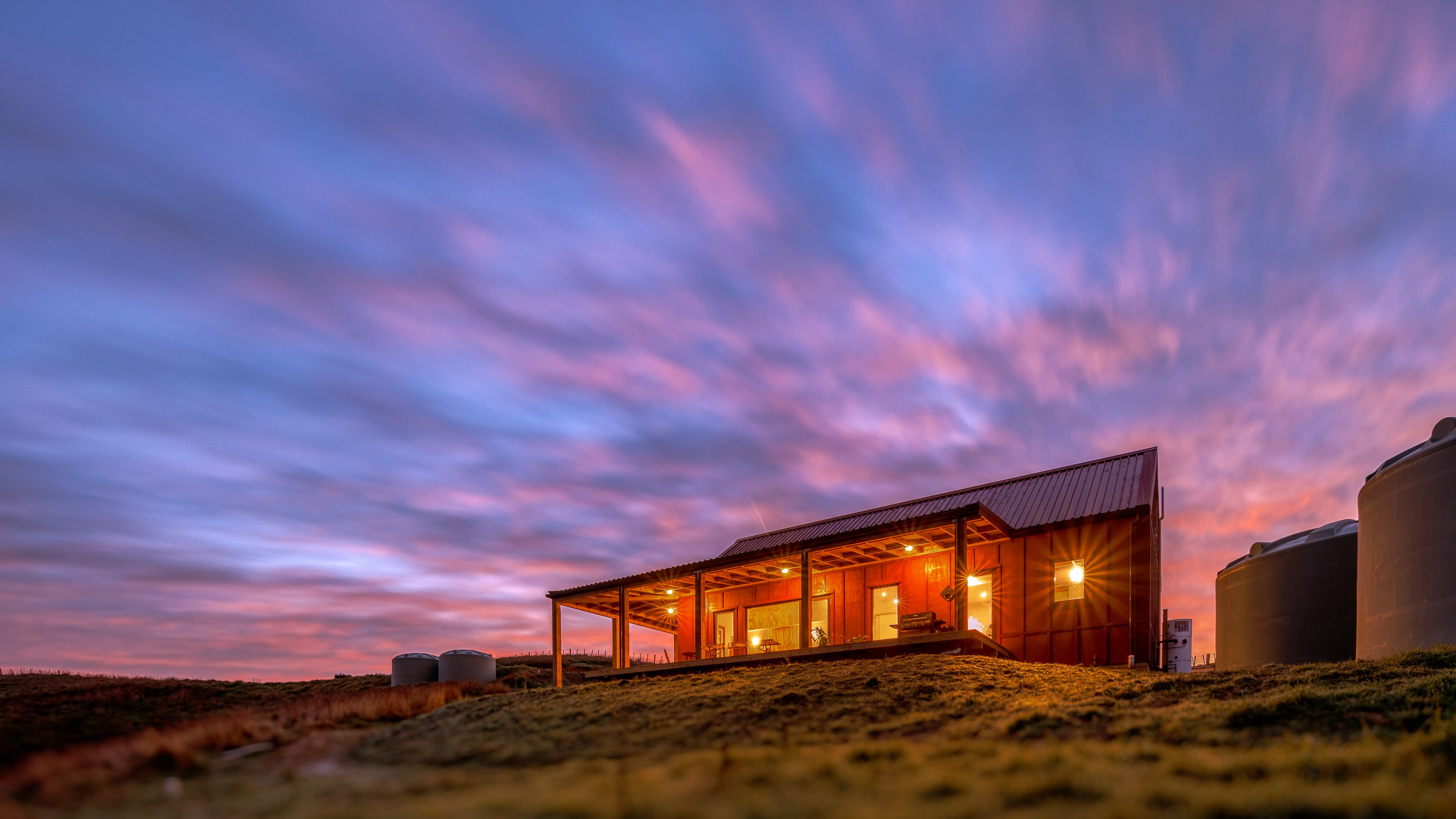When Auckland architect Joe Lyth embarked on an ambitious Passive House project he had two aspirations. To create a healthy family home and prove that high performance doesn’t have come at a high cost.
His 10 Homestar rated house ticks both boxes.
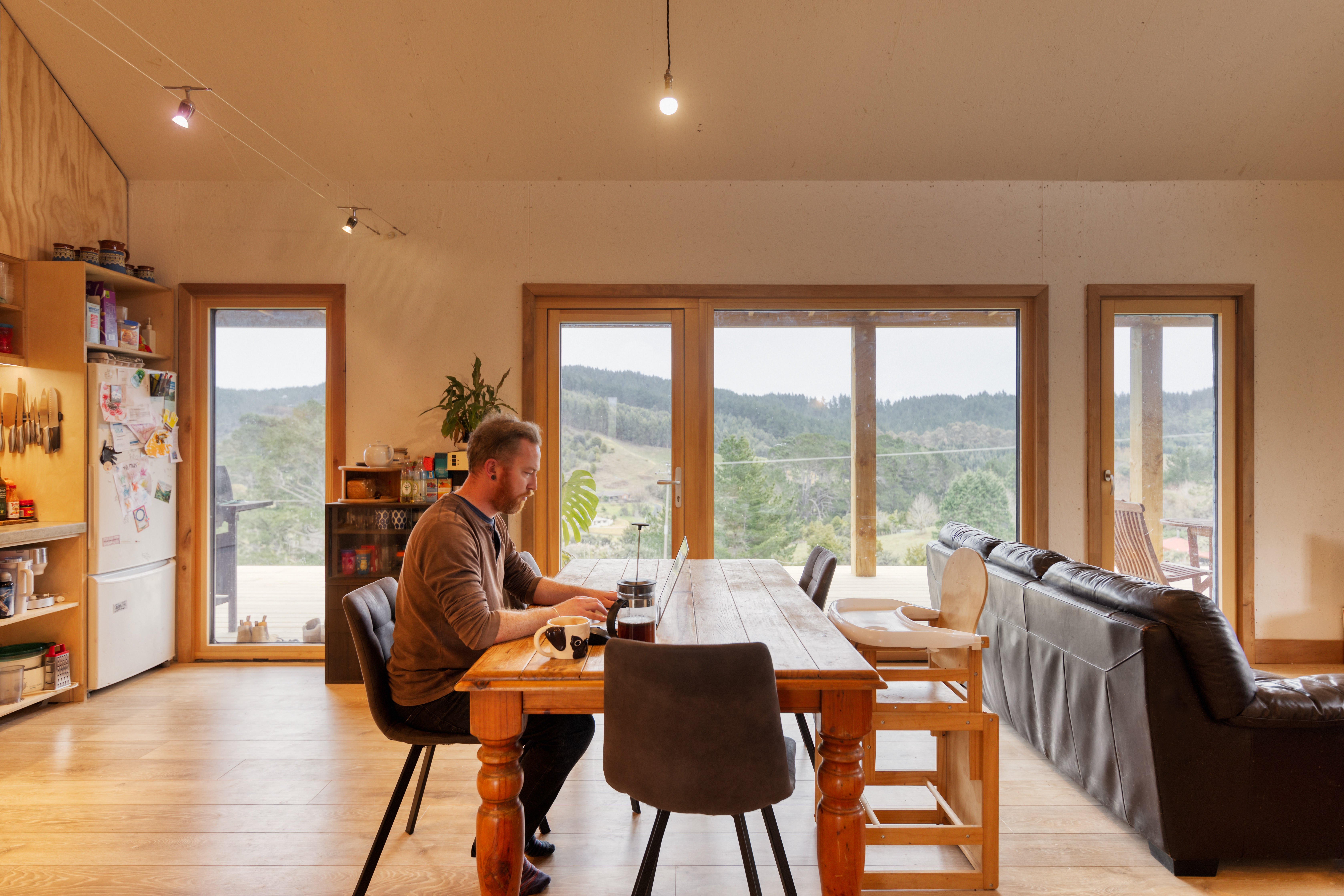
Essentials
Owner: Joe and Sarah Lyth
What: two-storey dwelling; four bedrooms; two bathrooms & separate WC; laundry; living/ kitchen space with a cathedral ceiling and mezzanine space
Where: Tāhekeroa, north-west of Orewa
Occupancy: two adults; three children
Project certification: 10 Homestar v5 built rating (December 2023); Passive House certification (September 2021)
Project Snapshot
Architect: Joe Lyth, Respond Architects
Main contractor: Kane Build Group
Homestar assessor: Joe Lyth
Project timeline: purchased site 2019; construction phase October 2020 to May 2021, occupancy May 2021
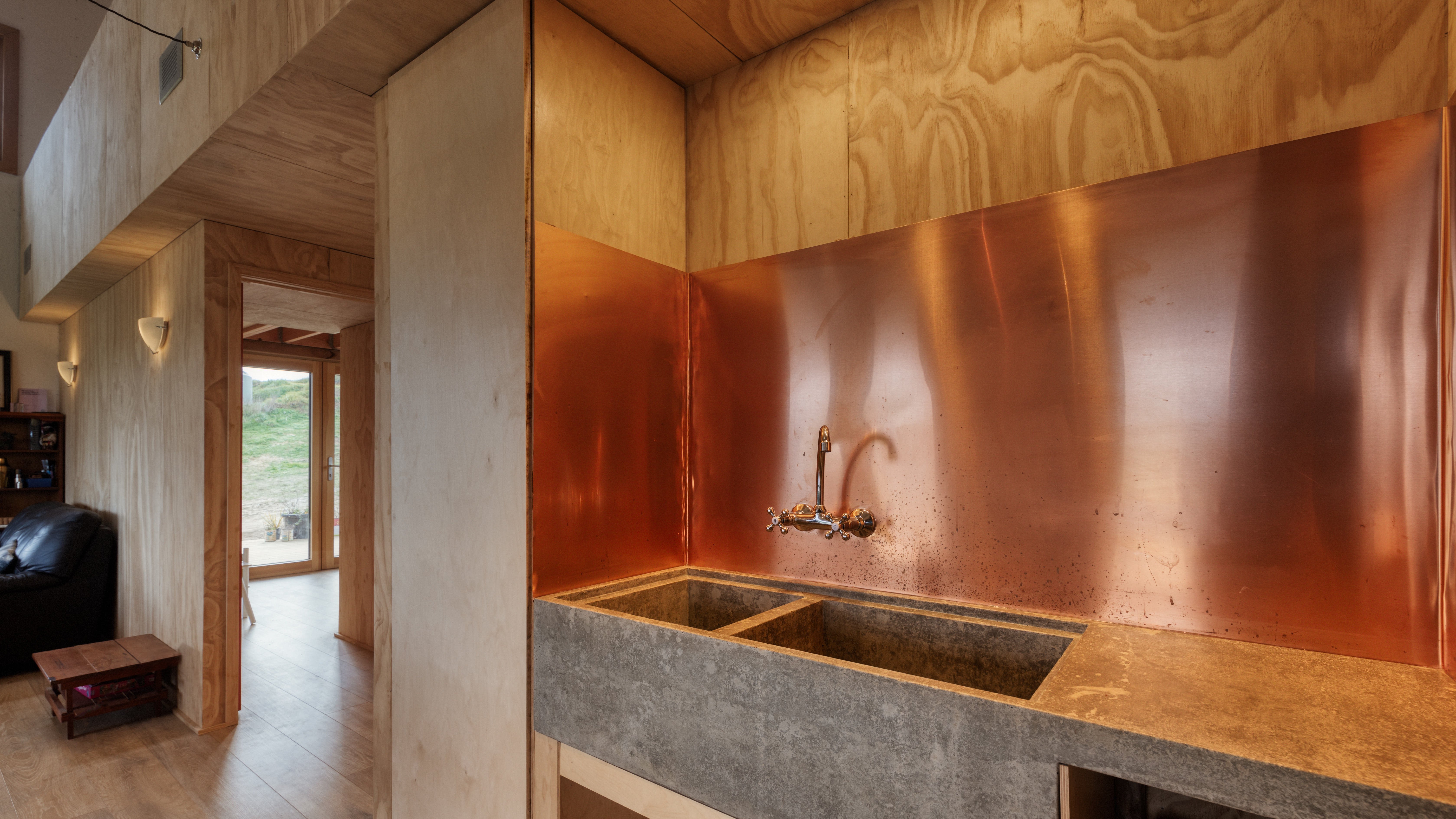
Growing up in Yorkshire Dales, Joe Lyth developed a love and respect for the natural world.
“Home was an 1890’s farmhouse with thick sandstone walls. We roamed the dales, grew our own food and were taught not to be wasteful and to look after our planet.”
Now Joe has imprinted those values into the certified Passive House he and his English wife Sarah have built, 40 minutes drive from Takapuna, overlooking the Makarau River valley.
Constructed on an exposed site the house has been carefully curated to respond to its context – durability, performance and habitability are the design drivers.
“Having children of my own has intensified my values. I want them to live in a world that’s habitable, but we’re on a slippery slope to an unliveable planet. Ensuring any project I work on is helping to mitigate this is extremely important to me.”
Recently awarded a 10 Homestar rating, Lower Saddle Passive House is the antithesis of the couple’s former rental property – a poorly insulated flat where their children suffered respiratory issues.
Now high-tech Tether sensors monitor CO2, temperature and humidity in their interior environment while Tether HotDrop tracks energy usage and documents their power bills.
Two years down the track Joe says the high performing home is fantastic to live in and his young family is thriving.
While the house had achieved Passive House certification, Joe says targeting a 10 Homestar rating was crucial to the project.
“Passive House certification is a great pathway to ensure energy efficiency, comfort and a high quality interior environment in a building. Homestar then picks up the batten ensuring all other aspects impacting performance are assessed - water efficiency, embodied carbon, and healthy materials, along with the wider context of the building. Together these two certifications ensure the full scope of the project is considered.”
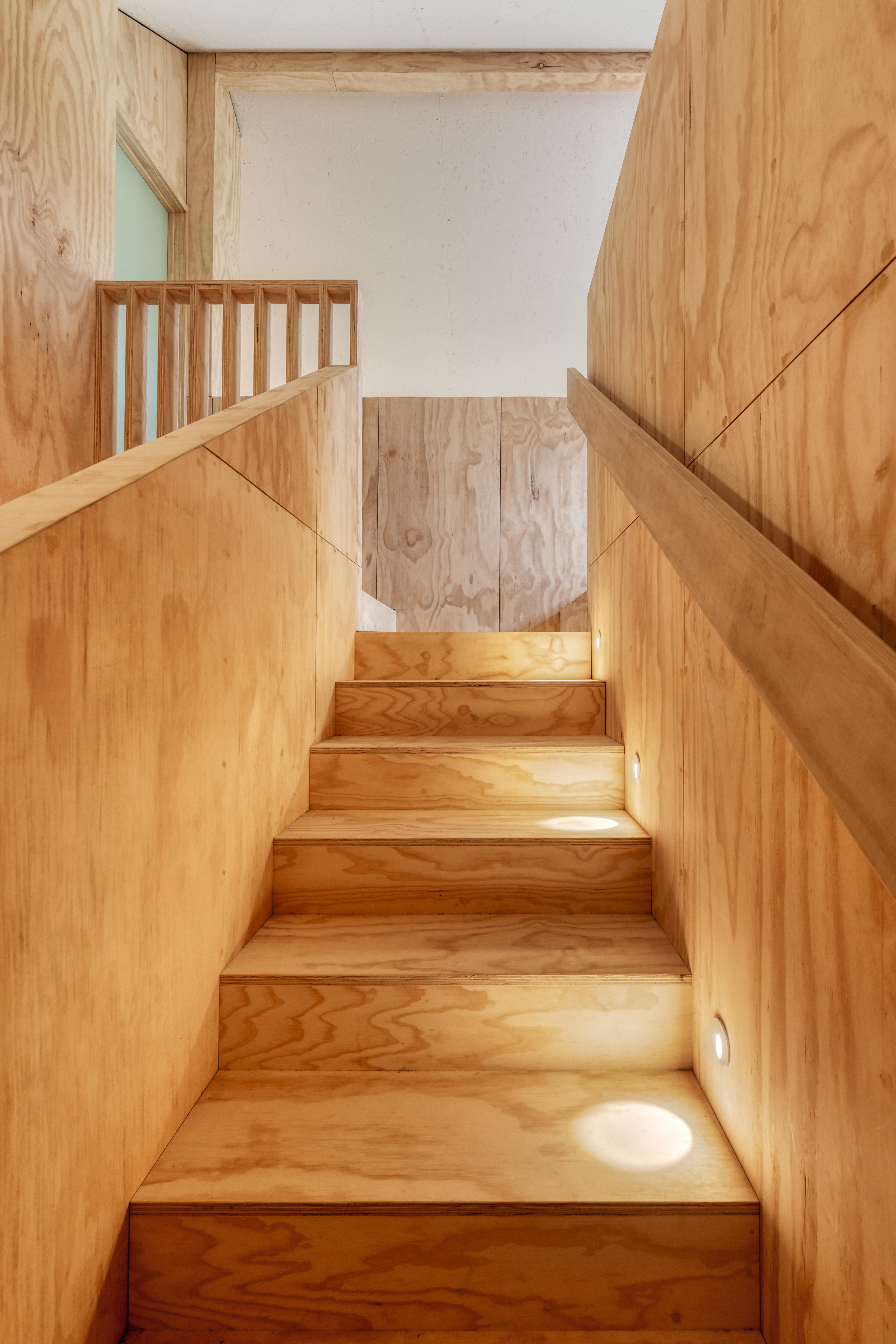
He says his unique role as owner, architect, labourer, Passive house designer and Homestar assessor allowed him to understand the project from all angles.
“I had financial stress as the client, saw my design come to life as the architect, experienced how my drawings translated into a physical building through being on site, understood how models of performance translate into a real building as the Passive house designer and appreciated the building in its wider context as Homestar assessor.”
Joe’s design intent for the house was a compact footprint and form of thoughtful and hard-working spaces. Tramping huts and a rural vernacular were a key inspiration.
“I wanted to design a building that gave us everything we need as a family, that was of its place with its own character and materiality, and not just another white box inside.”
“A pallet of raw, natural materials clothes the upgradeable interior. Inside exposed plywood walls meet white painted OSB and native Totara frames the pine joinery. A solid plywood kitchen supports a cast concrete counter top backed by copper splash backs. The finishes are economical, robust and beautiful.”
He lists the most exciting sustainable features of the house as:
- an extremely thermally efficient envelope with balanced mechanical heat recovery ventilation system
- triple glazed windows – not necessary to achieve the thermal performance, but great for acoustics, and a minimal cost increase getting the joinery from Europe.
- SIPs (Structural Insulated Panels) for the walls and roof
- water efficient fittings (including installed flow restrictors to reduce water use)
- off-grid for water with 2x 25000l rainwater tanks, and an on-site Naturaflow septic system which feeds and waters the orchard
- power account average of $138 per month (378kWh). Average of 12.48kWh/ daily energy use
- a site-wide strategy based on permaculture principles to rewild and create food production and food forest areas.
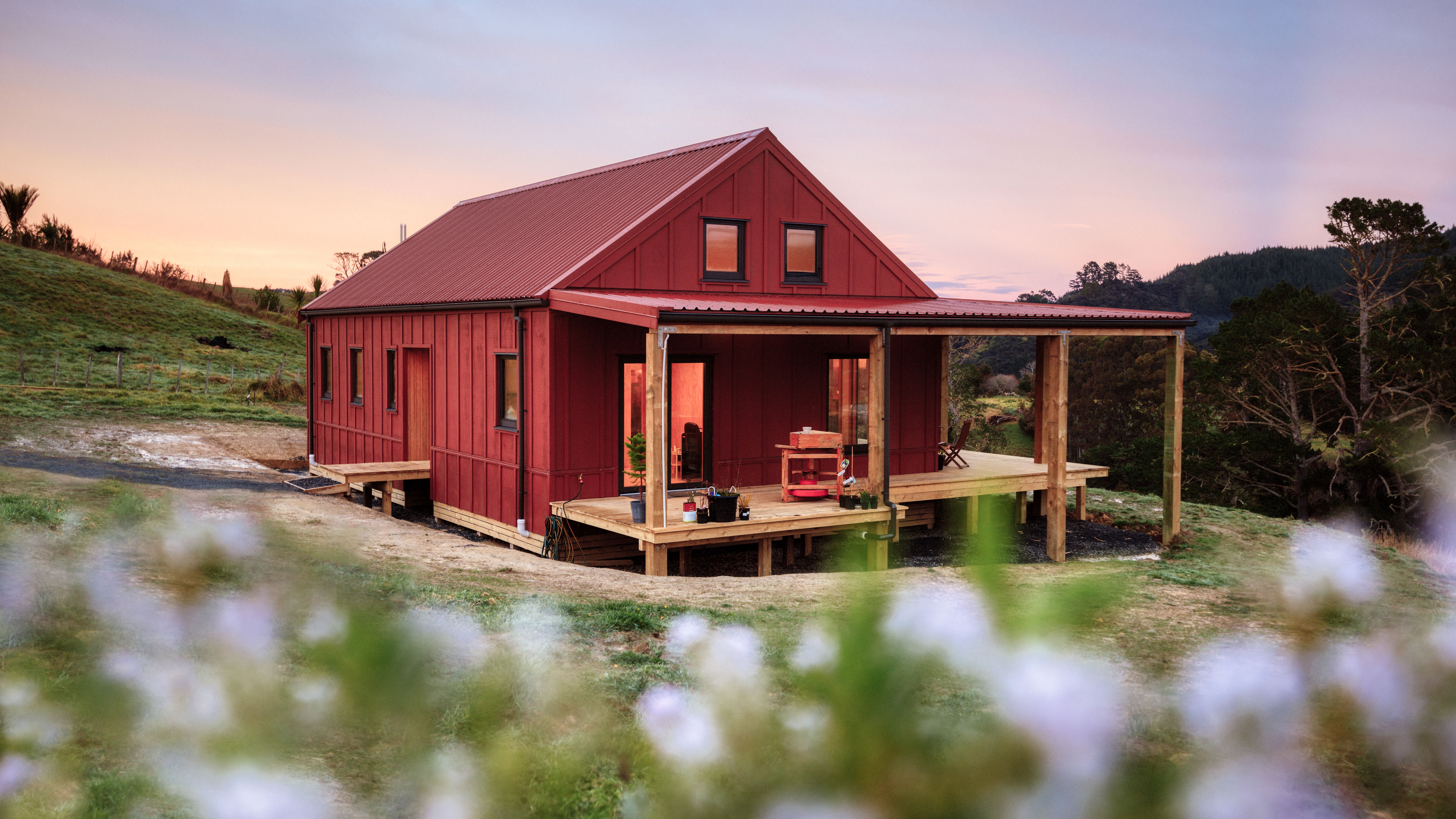
Joe believes the house has scored 10 stars because of its uncomplicated nature.
“It’s not a flashy building, it’s a simple form so better thermally, it utilises natural materials and features a timber structure rather than concrete or steel. The house is the main event - it’s not a blank canvas. So our interior finishes are textural with a character which will develop over time.”
Lower Saddle Passive House was completed only $3000* over the original contract value of $500k*, which translates to just under $3000* per square meter. (* prices include GST).
Joe says the house proves that higher performing, healthy homes don’t mean higher costs “if you prioritise certain elements to keep the construction cost within a budget and think outside the square.”
“You can change the kitchen fitout or add smart finishes later, but aim to prioritise the locked in performance of your home at the outset - this is far harder and costlier to change later.”Joe says from a finance perspective banks should recognise that higher performance equals lower bills, less sickness and less maintenance all of which equate to more cash to service your mortgage.
It also signals people will move less often which equates to more security.
“Homestar is already recognised by banks for lower interest rates. With Homestar mandatory for Kāinga Ora social housing the tool is well placed to instigate real change at high volumes into the New Zealand marketplace.”
Joe says his advice for someone embarking on a Homestar project is:
- understand what you’re aiming for early
- prioritise performance, but don’t forget beauty!
- Identify where you will or won’t comprise.
He says the 10 Homestar rating for his new home has added mana and worth to the project.
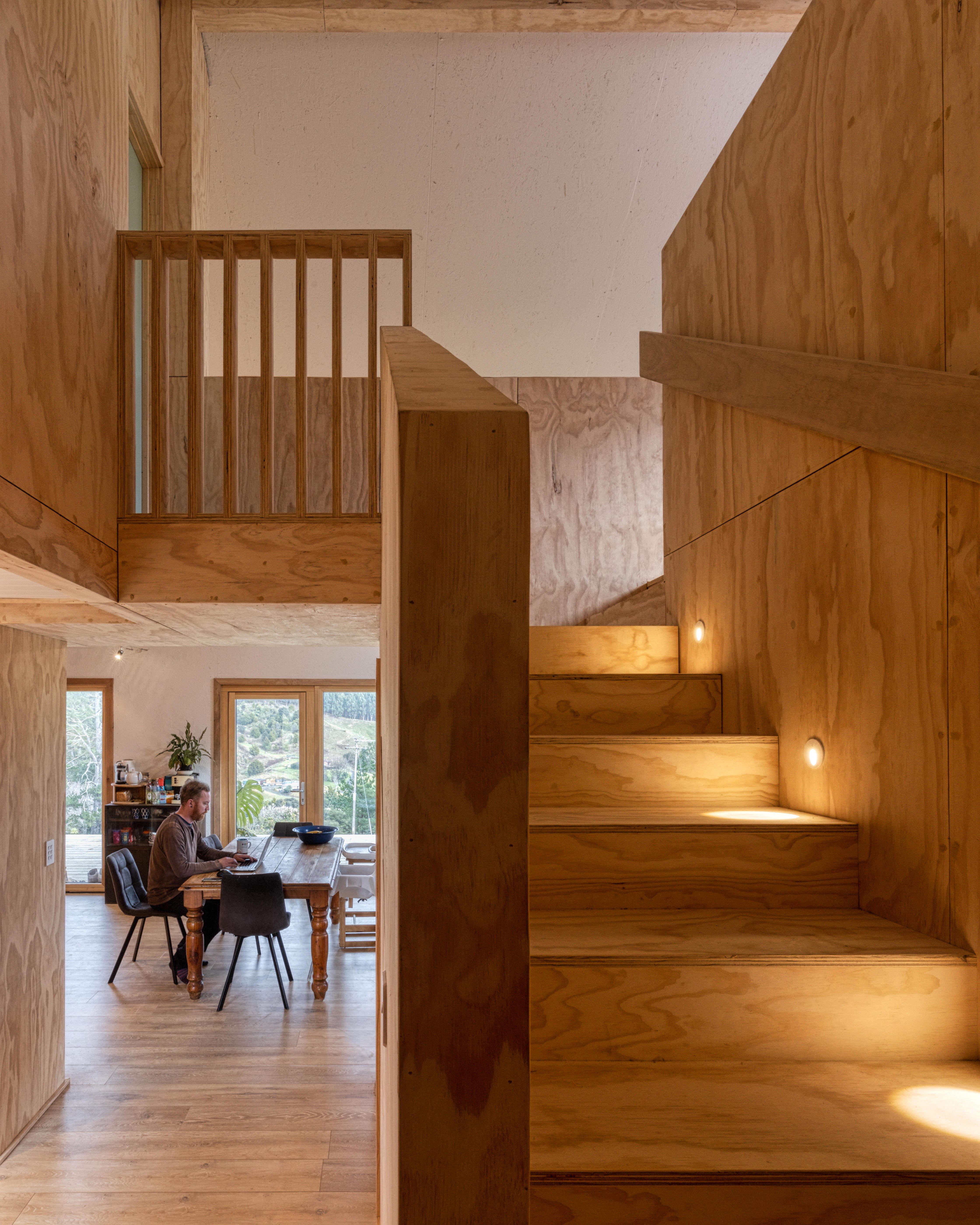
“This amazing Homestar result gives me confidence that our home is kind to my family and to the planet. It shows that healthy, environmentally-conscious buildings don’t have to cost the earth while also adding value to our home and investment.”
And the benefits of this Homestar rating?
“As the marketplace begins to recognise health and building performance instead of only size and finishes, Homestar rated homes will attract higher values – we’re already seeing this overseas.”
